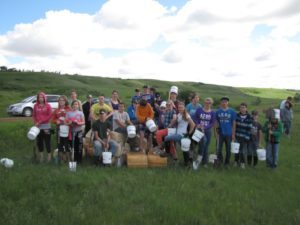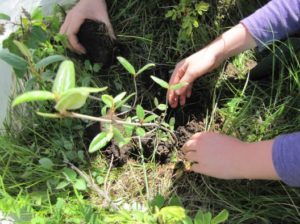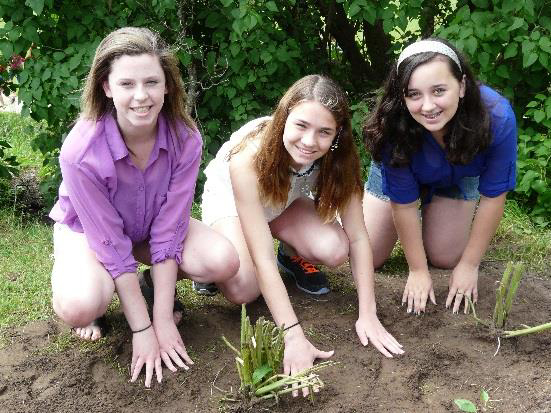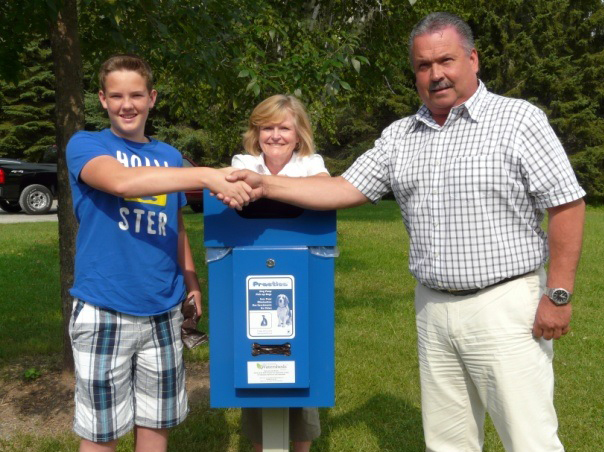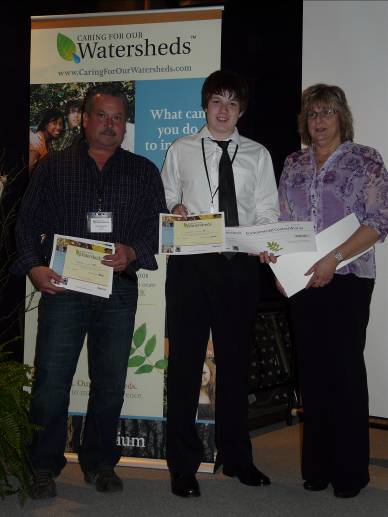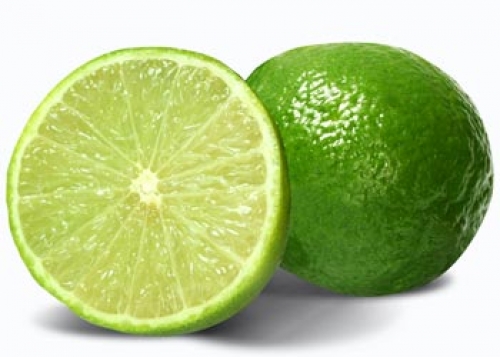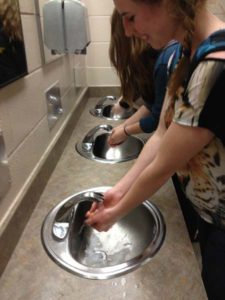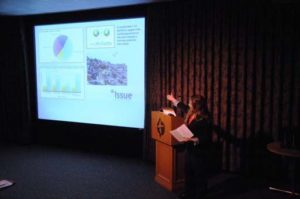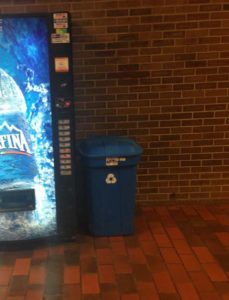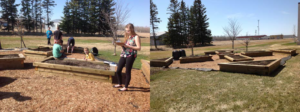2013 Manitou, Manitoba, Canada
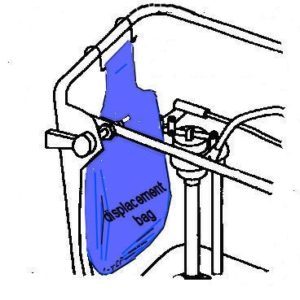
Lenina Howatt from Nellie McClung Collegiate wanted to propose a simple solution to help conserve water.
“Every litre of this resource is incredibly precious to our environment, especially due to its scarcity. As soon as humans intervene, extracting water from its natural watershed, nature’s course is interrupted. The water is chemically processed and treated, “contaminated” with human use, and further treated again. This drawn out and lengthy process is energy inefficient and costly! But, we can reduce our impact on our watersheds and their natural cycles, further preserving them and all 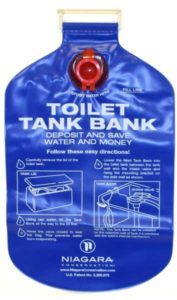 their benefits (filter/buffer water, provide drought/flood stability and “bounce back” capability, maintain biodiversity, promote primary productivity, support wildlife, and erosion and sedimentation control) by simply doing one thing… CONSERVING water!”
their benefits (filter/buffer water, provide drought/flood stability and “bounce back” capability, maintain biodiversity, promote primary productivity, support wildlife, and erosion and sedimentation control) by simply doing one thing… CONSERVING water!”
She suggested something inexpensive, easy-to-install called “Toilet Buddies”. “Toilet Buddies are plastic, water-filled bags that hang inside your toilet tank, displacing water and saving you the liter capacity of the bag each time you flush!”
Her goal was to distribute toilet buddies to each household in her community and thanks to an $800 contribution by Nutrien, this proposal became a reality.
“My goal for this is to make my town more water-wise and to locally pave a water conscious path for the future!”
